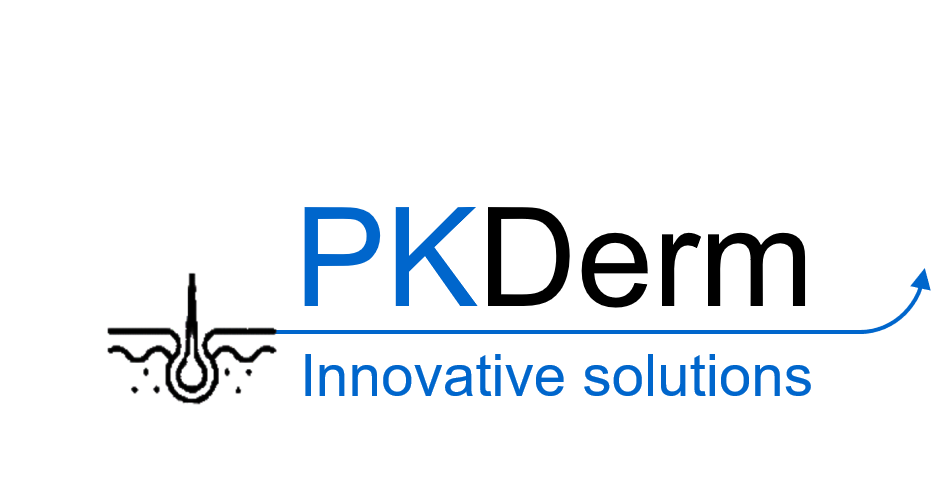AUREA - automated DNA breaks assessment on the hepatocyte-like HepaRG™ cell line
The HepaRG™ cell line is an excellent model for mapping the metabolic response of hepatocytes to chemicals, including measurements of toxicity. The automated gTOXXs solution provides a sensitive and reliable in vitro technique to detect genotoxicity in the form of DNA strand breaks. In this study, the degree of DNA strand breaks induced by exposure of HepaRG cells to genotoxic methyl methane sulfonate (MMS) has been comparatively assessed by AUREA gTOXXs and the alkaline Comet assay.
HepaRG cells have been cultivated for 4 hours or 7 days. Cytotoxicity is determined by the MTT test measuring viability of the cells. DNA strand breaks are assessed by gTOXXs (Moreno-Villanueva, Eltze, Dressler et al 2011; Altex, 28, 4/11) and compared to the results obtained with the alkaline Comet assay. The gTOXXs is based on progressive DNA unwinding at ‘open sites’ under specific conditions of alkaline pH, time and temperature and fluorescence labelling of intact double-stranded (ds) DNA.
Exposure to MMS for 4h produced no cytotoxic effects on HepaRG cultivated for 7d and mere slight cytotoxic effects on HepaRG cultivated for 4h at the highest concentrations (15% and 6% reduced viability, respectively). A clear dose-dependent decline of % dsDNA is detected by the gTOXXs and the Comet assay in a highly similar manner. The detection sensitivity of gTOXXs, however, appears to surpass the one of the Comet assay. A significant reduction in % dsDNA is detected by the gTOXXs at 10 μM MMS, while significant increase in tail intensity is detected at 30μM MMS by the Comet assay. A no-effect threshold is observed for DNA damage assessed by the Comet assay, albeit, not for the one assessed by gTOXXs. Notably, the HepaRG cultured for 4h and 7d have nearly identical dsDNA dose-response curves but higher variability (increase in the standard deviation) of the mean %dsDNA was observed in the 4h experiment.
Conclusion: The AUREA gTOXXs for automated genotoxicity assessment is a very sensitive assay for detecting DNA strand breaks similar to the alkaline Comet assay. For MMS, the 4 h cultivation protocol for HepaRG cells appears suitable for genotoxicity assessment. It will be interesting to compare the suitability of the 4h protocol with the 7 d protocol for genotoxins needing bio-activation.


